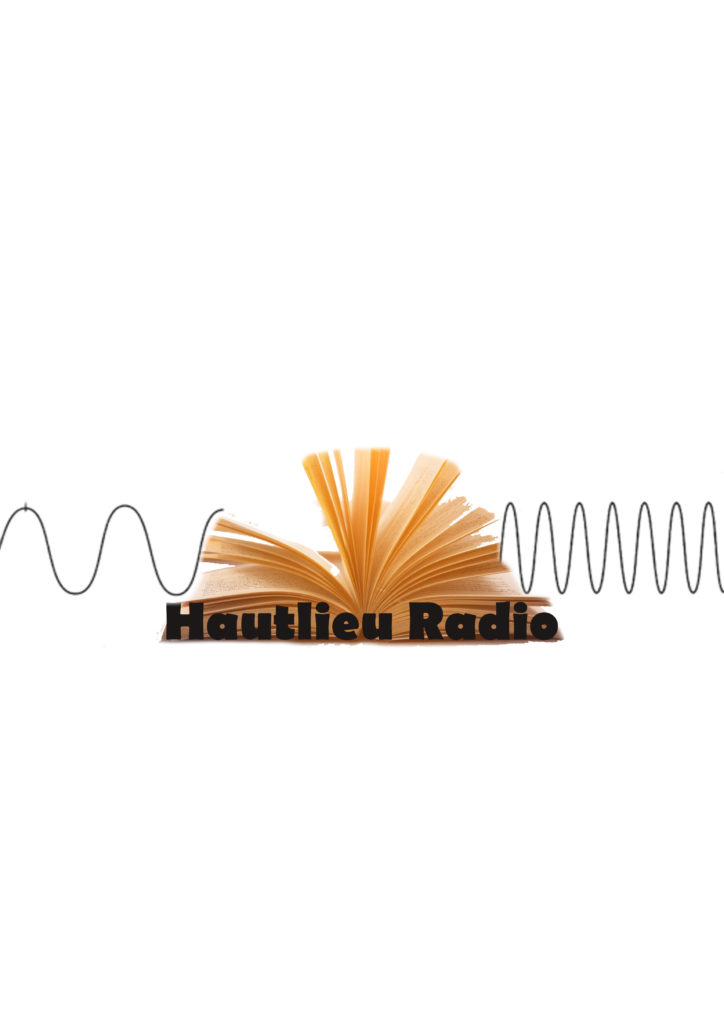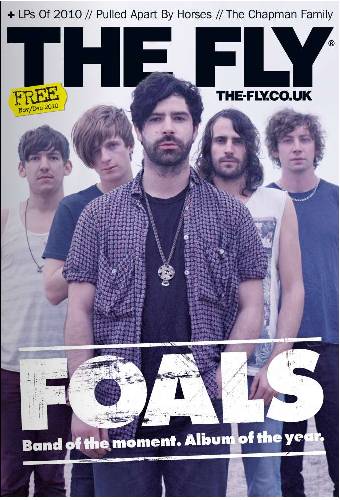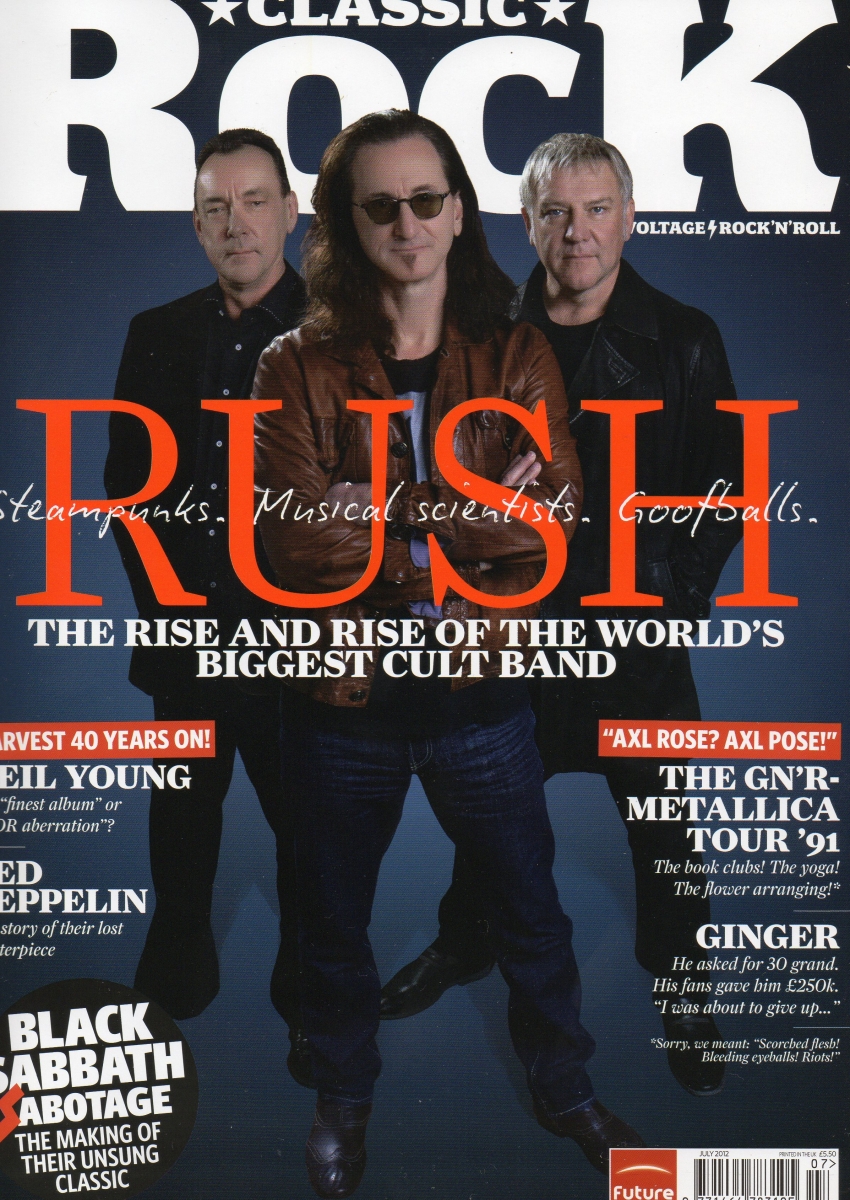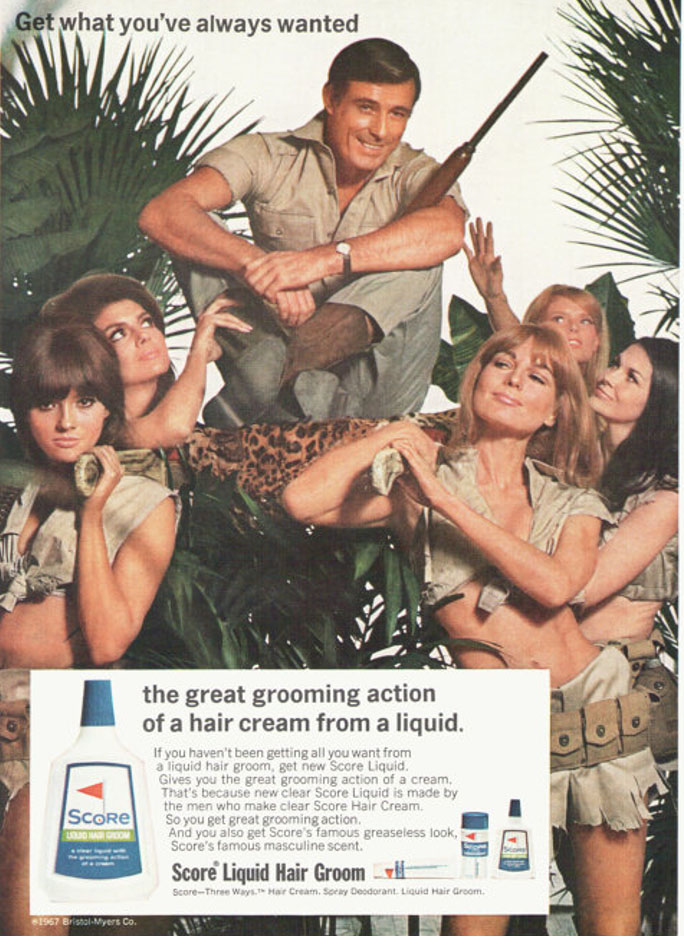Life hacks–
Media Industries– Radio 1 product and therefore has a public service status as part of the BBC. The need to represent the nation. Arguments over the need for addressing a youth audience. The influence of new technology on media industries – Life Hacks as multi – platform media product.
Media Audiences– targets a niche audience, cultivation theory including Gerbner and reception theory including Hall. Targets a young audience, life hacks is involved in audience interaction through texts and calls.
War of the worlds– episode of the American radio drama anthology series The Mercury Theatre on the Air, directed and narrated by Orson Welles
Media Industries– War of the Worlds was broadcast by Columbia Broadcasting Company, It was broadcasted live as a halloween special at 8pm on Sunday 30 October 1938, Regulation – radio broadcasting was regulated by the Federal Communications Commission and it investigated the broadcast to see if it had broken any laws.
essay plan
how media has changed through new technologies









